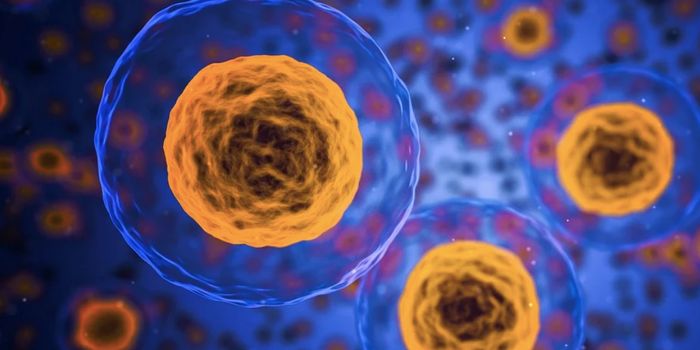
The development of language is crucial for children. Without an adequate way to communicate with the world around them children are at risk of developmental delays. All learning hinges on the ability of a child to understand and be understood. Since about 6% of children in the U.S. have developmental language impairments it is naturally an area of concern for both parents and educators. A new study hopes to shed light on how the brain processes language and will aim to provide a way to predict which children will struggle so that early intervention can be provided as soon as possible. The National Institutes of Health has awarded James Booth, a professor at the University of Texas at Austin, a $3.3 million grant to study the neural basis of language development in children with learning disabilities.
There are several theories of how children develop language. Early theories posited that children are naturally able to make sense of the world around them just as other species are able to acquire the skills they need to survive. With humans, language is key to survival, so children have an innate drive to speak and understand. This theory was further developed by Noam Chomsky in 1972 when he proposed that children had a built in language acquisition device or LAD in the their brains that allowed them to decode the structure of language, while still too young to grasp the complexities of grammar and vocabulary.
Other theories of language development include the social learning theory and the interactionist theory. In the social learning theory, proponents argue that children naturally imitate the sounds they hear in their environment from family members and caregivers. When something a child says is rewarded with smiles and hugs by adoring parents, a child learns to repeat that sound, while nonsense sounds that are not noticed or rewarded gradually disappear.
In the interactionist theory, it is argued that children must not only learn to speak, but they must be spoken to. Children cannot simply be passive listeners and still develop language. In one study, researchers studied the language development of hearing children born to deaf mute parents. They found that although these children had plenty of opportunities to hear language on television and in public environments, without primary caregivers who could speak to them and respond to their developing language, their acquisition of language lagged behind that of children born to parents who could speak and hear.
While all of these theories offer different perspectives on how children develop language, the one common denominator is the brain. Whether through an inborn ability, social opportunities, or an environment of interaction, the brain controls language development. The problem has been how to accurately identify the parts of the brain that are involved and how they work. The study commissioned by the NIH will examine how the brain works by using MRI studies of children while they are using language. It will be the largest of it's kind and will follow about 250 children aged 5-9 years old for a period of five years.
Professor Booth will conduct this study at Moody College's Brain Development Laboratory.
 The development of language is crucial for children. Without an adequate way to communicate with the world around them children are at risk of developmental delays. All learning hinges on the ability of a child to understand and be understood. Since about 6% of children in the U.S. have developmental language impairments it is naturally an area of concern for both parents and educators. A new study hopes to shed light on how the brain processes language and will aim to provide a way to predict which children will struggle so that early intervention can be provided as soon as possible. The National Institutes of Health has awarded James Booth, a professor at the University of Texas at Austin, a $3.3 million grant to study the neural basis of language development in children with learning disabilities.
The development of language is crucial for children. Without an adequate way to communicate with the world around them children are at risk of developmental delays. All learning hinges on the ability of a child to understand and be understood. Since about 6% of children in the U.S. have developmental language impairments it is naturally an area of concern for both parents and educators. A new study hopes to shed light on how the brain processes language and will aim to provide a way to predict which children will struggle so that early intervention can be provided as soon as possible. The National Institutes of Health has awarded James Booth, a professor at the University of Texas at Austin, a $3.3 million grant to study the neural basis of language development in children with learning disabilities.
![[Guide] 7 Strategies to Boost Laboratory Collaboration](https://d3bkbkx82g74b8.cloudfront.net/eyJidWNrZXQiOiJsYWJyb290cy1pbWFnZXMiLCJrZXkiOiJjb250ZW50X2FydGljbGVfcHJvZmlsZV9pbWFnZV83YzBjZWIwM2Y5YzI4MmFlYzBhZDZhMTcyNTQ1ZGU3YmE4Y2MzMDYyXzUxNDkuanBnIiwiZWRpdHMiOnsidG9Gb3JtYXQiOiJqcGciLCJyZXNpemUiOnsid2lkdGgiOjcwMCwiaGVpZ2h0IjozNTAsImZpdCI6ImNvdmVyIiwicG9zaXRpb24iOiJjZW50ZXIiLCJiYWNrZ3JvdW5kIjoiI2ZmZiJ9LCJmbGF0dGVuIjp7ImJhY2tncm91bmQiOiIjZmZmIn19fQ==)






